Commercial Barrel-Aging

It’s Not Mold: The Truth About the Black Stuff on Barrels
Discover the real story behind the black residue on whiskey casks. Learn what whiskey fungus is, why it forms, and whether it poses any risks to distillers.
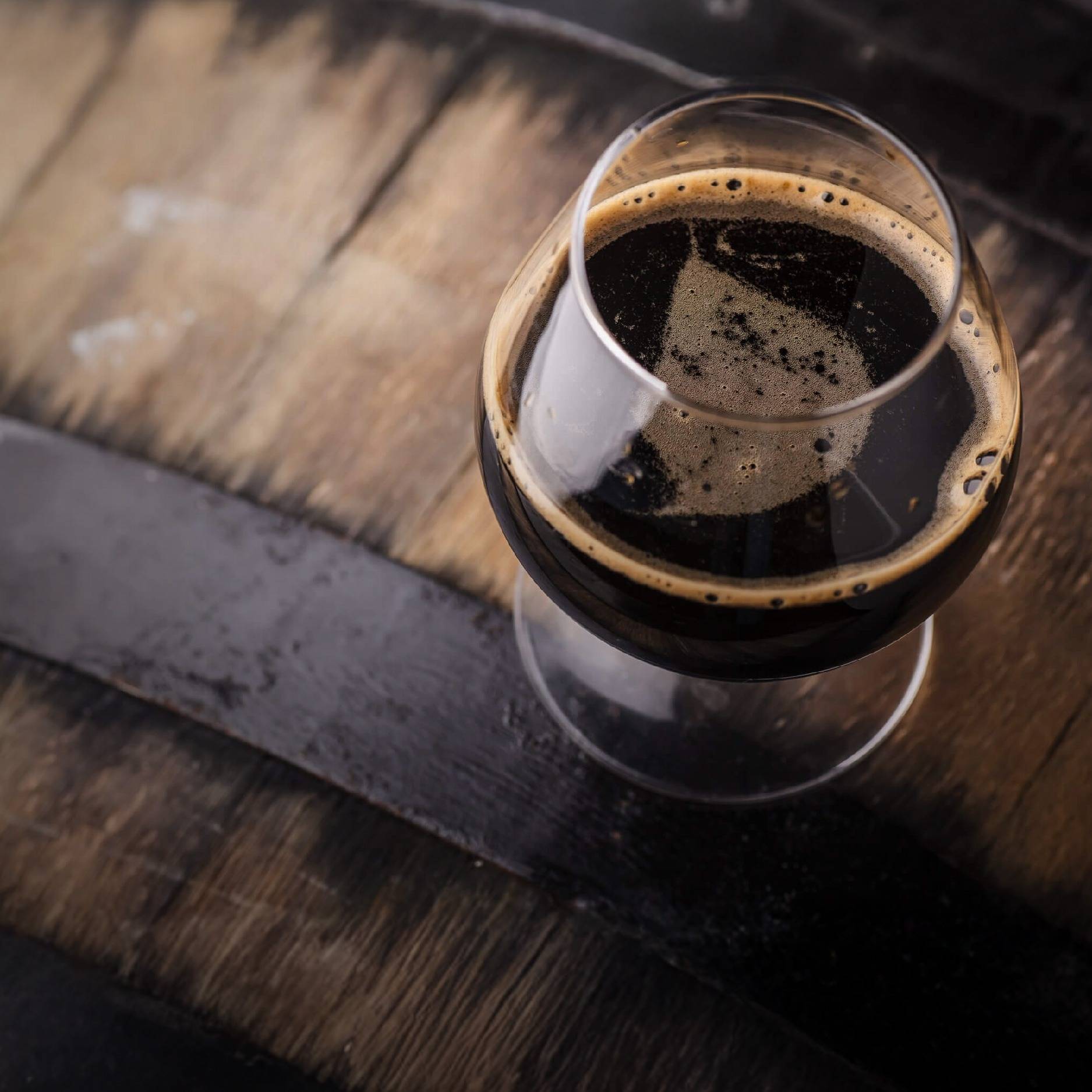
The Evolution Of Barrel-Aged Stouts
Commercial Barrel Aging
...
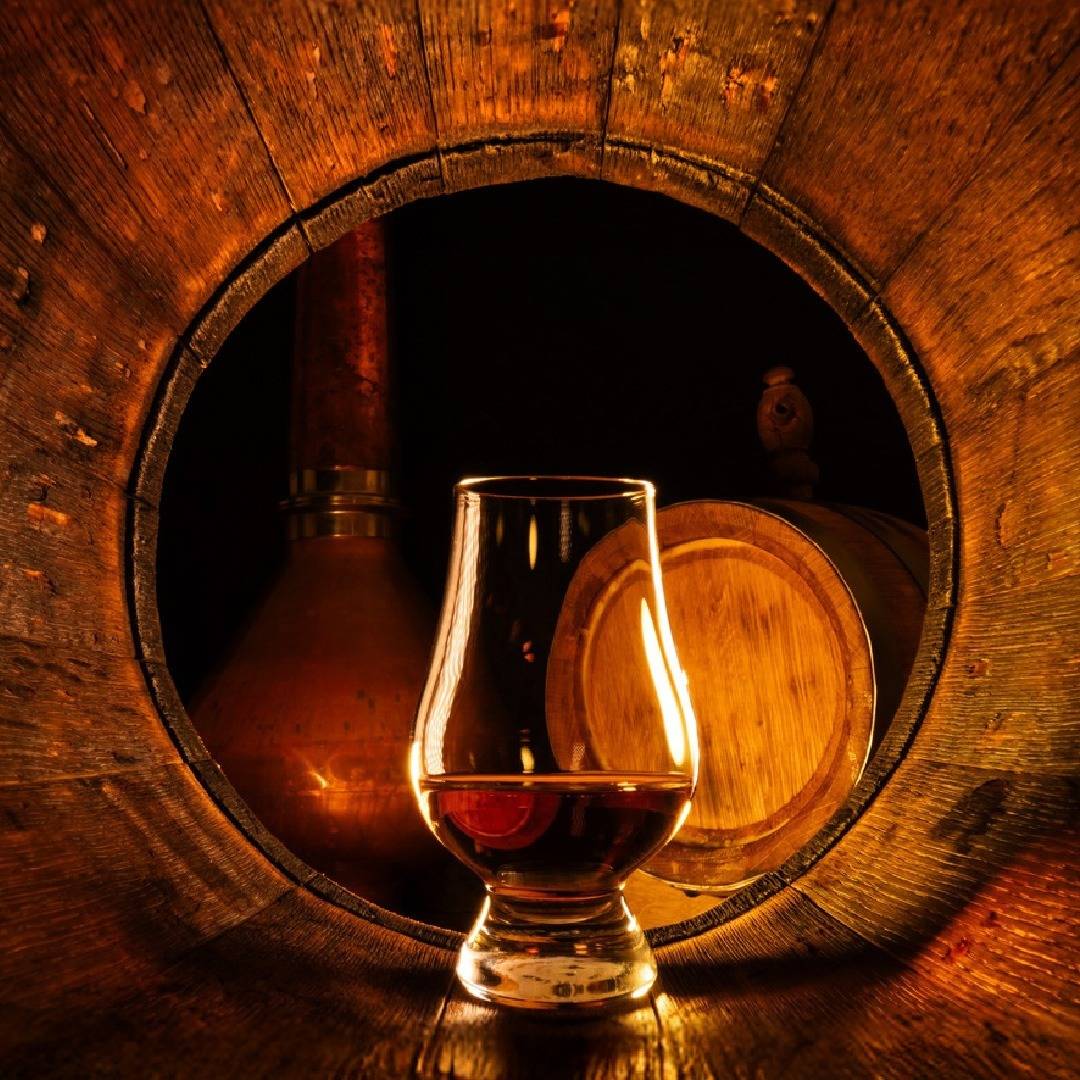
A Guide to Scotch Whisky
Raise a glass to International Scotch Day! Discover the history, traditions, and best ways to enjoy Scotch whisky on this special day. From tasting tips to cocktail ideas, explore the essence of Sc...
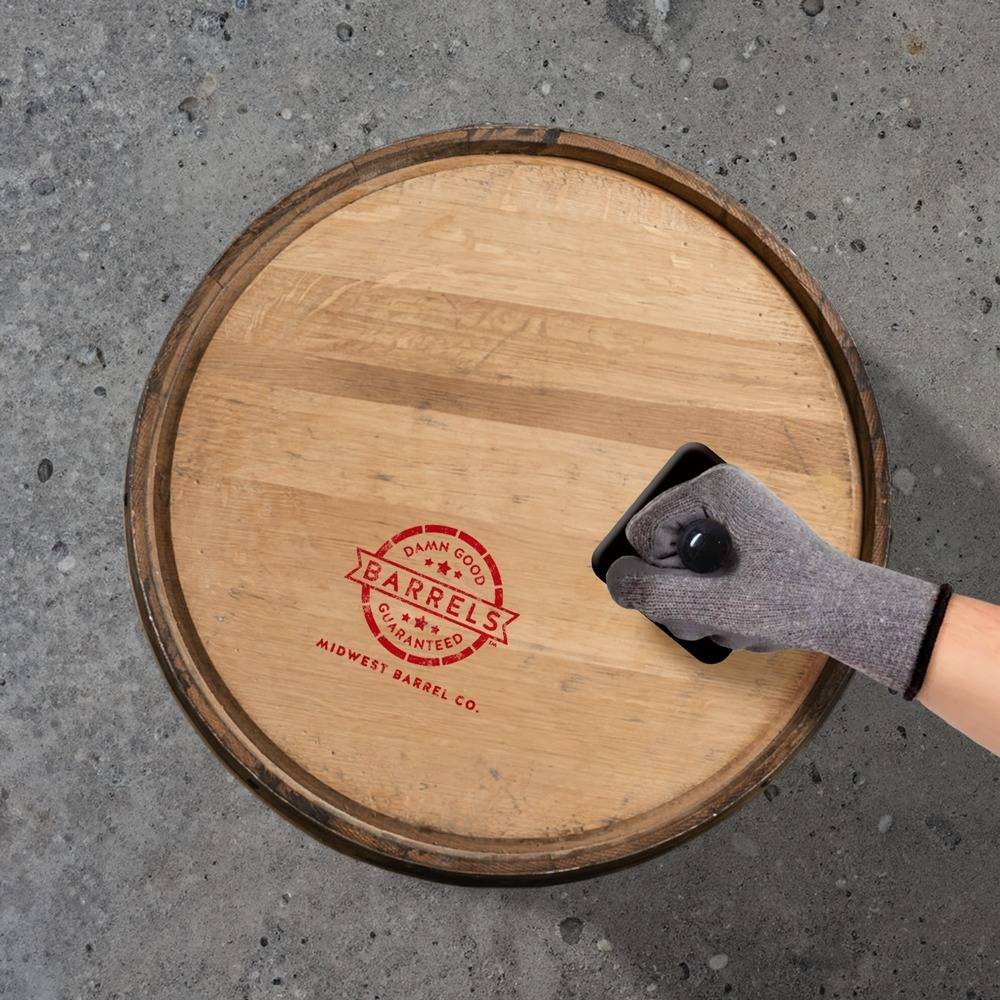
How We Grade Barrels & Why It Matters
Discover how Midwest Barrel Co., grades their barrels as #1 Select Barrels, #2 Select Barrels, or #3 Repairable Barrels. Learn about the process taken and the impact it makes in the barrel industry.

Ultimate Oak Barrel Guide: Choose The Right Cask For Aging
Unlock the secrets of barrel aging with our Ultimate Oak Barrel Guide! Discover the distinct flavor profiles of American, French, Hungarian, and more oak varieties. Learn how each cask influences t...
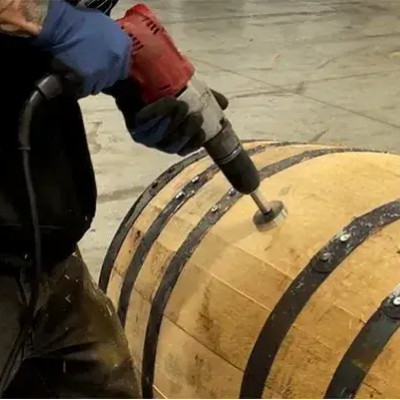
How we add belly bungs to head bung whiskey barrels
The supply of used whiskey barrel for sale is lower than it's been in a while. That's why we got creative and will drill belly bungs in head bung barrels.
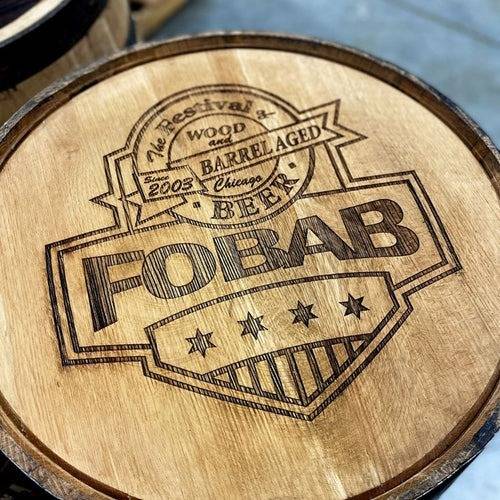
Brewery Spotlight: FOBAB 2023 medal winners
Another year of the Festival of Wood Barrel-Aged Beer is in the books and the winners have been named! While we weren't able to make it to Chicago for FOBAB this year, we were excited to see so man...
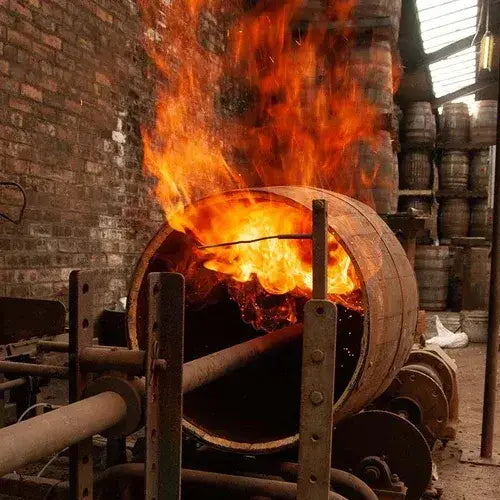
The complete guide to whiskey and bourbon barrel char levels
Learn why different bourbon and whiskey barrel char levels changes how the oak interacts with beer, cider, mead and other brews aging inside the barrel.
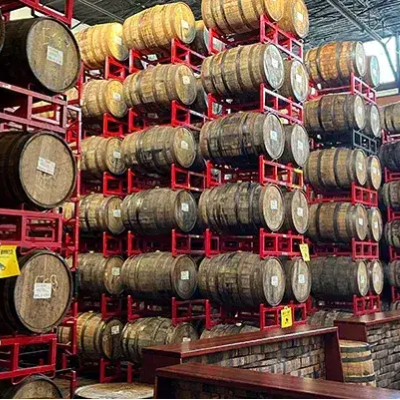
Why every craft brewery needs a barrel program
Good barrel-aged beer can raise a brewery’s profile within the local and broader craft beer communities. The practice can also transform a brewer’s career.



